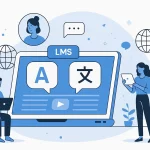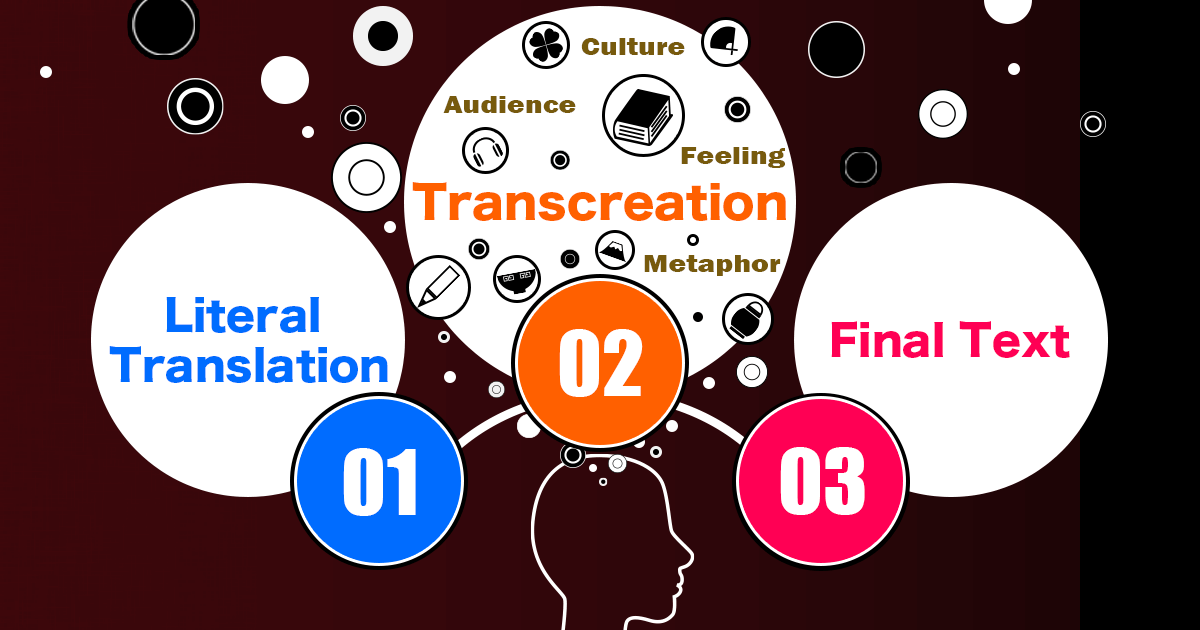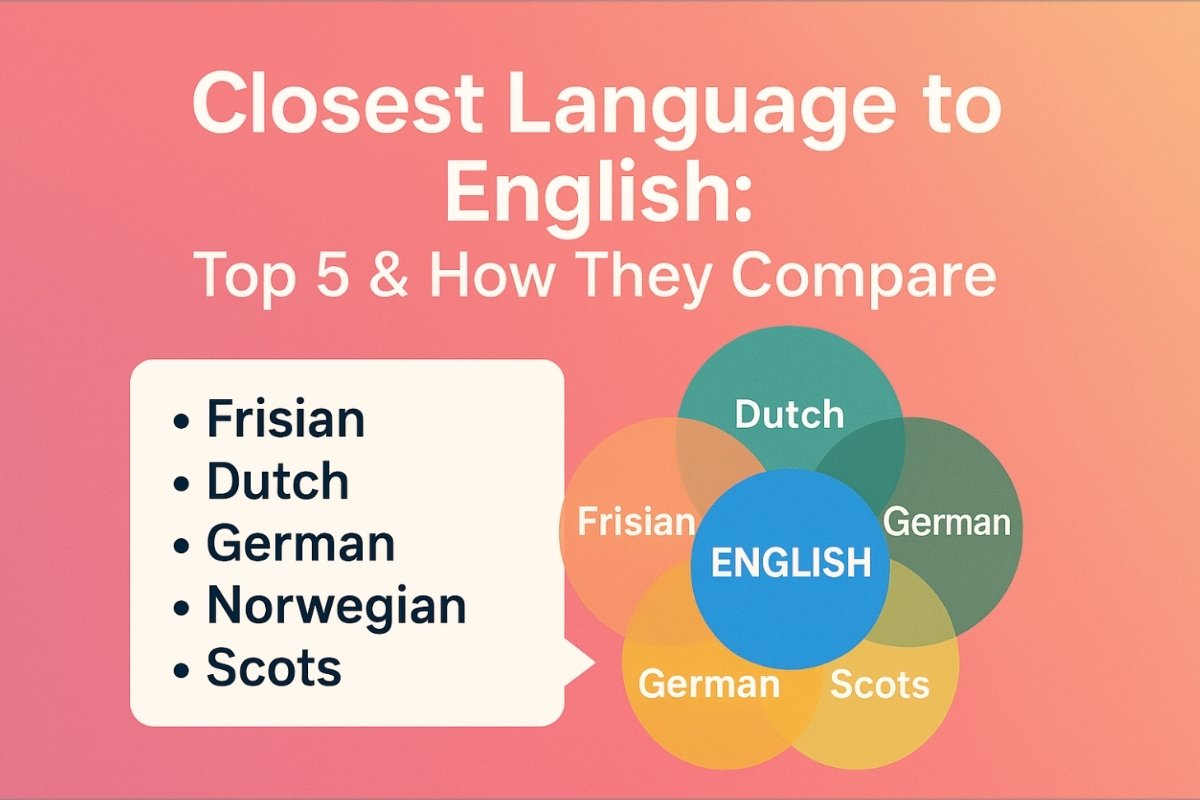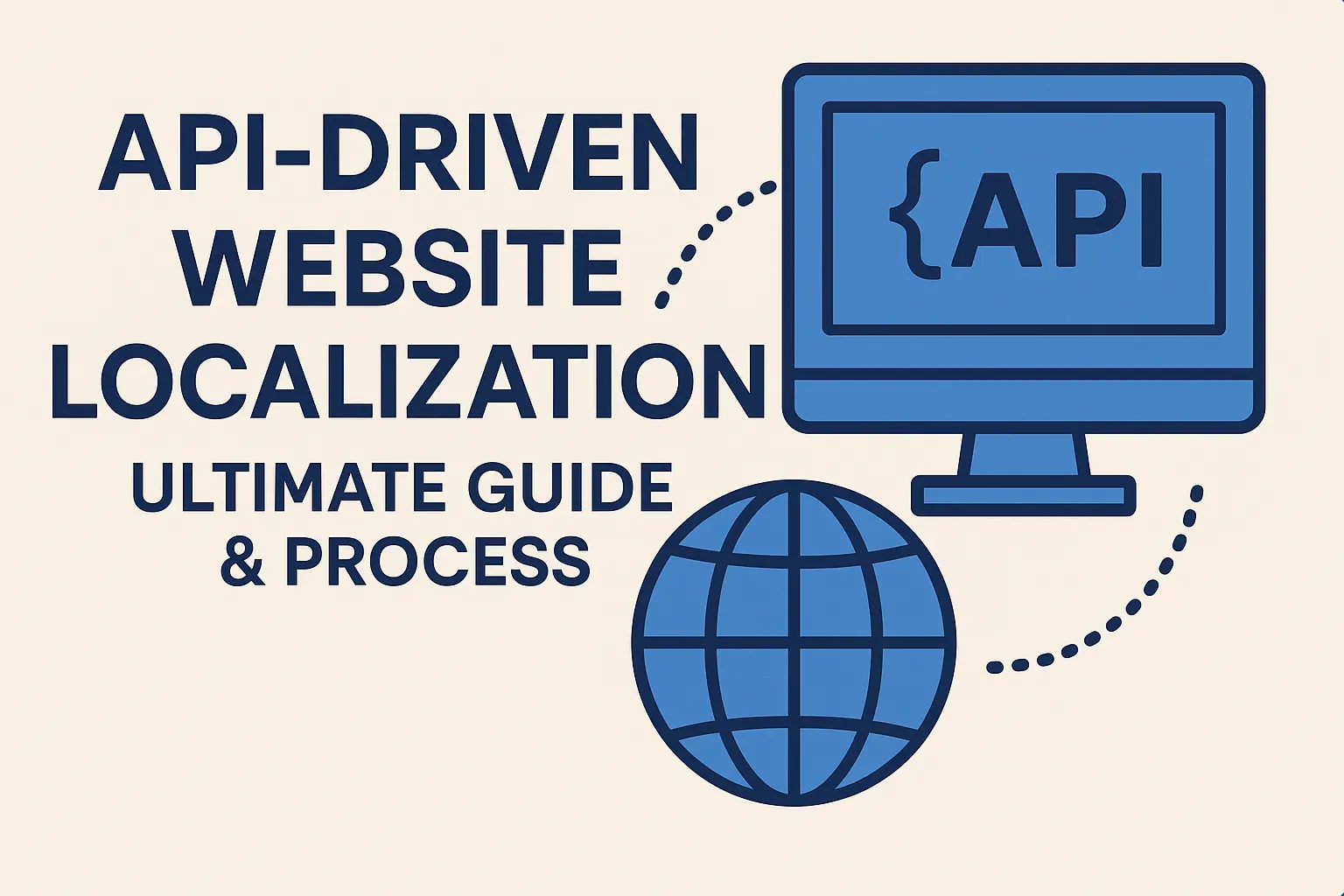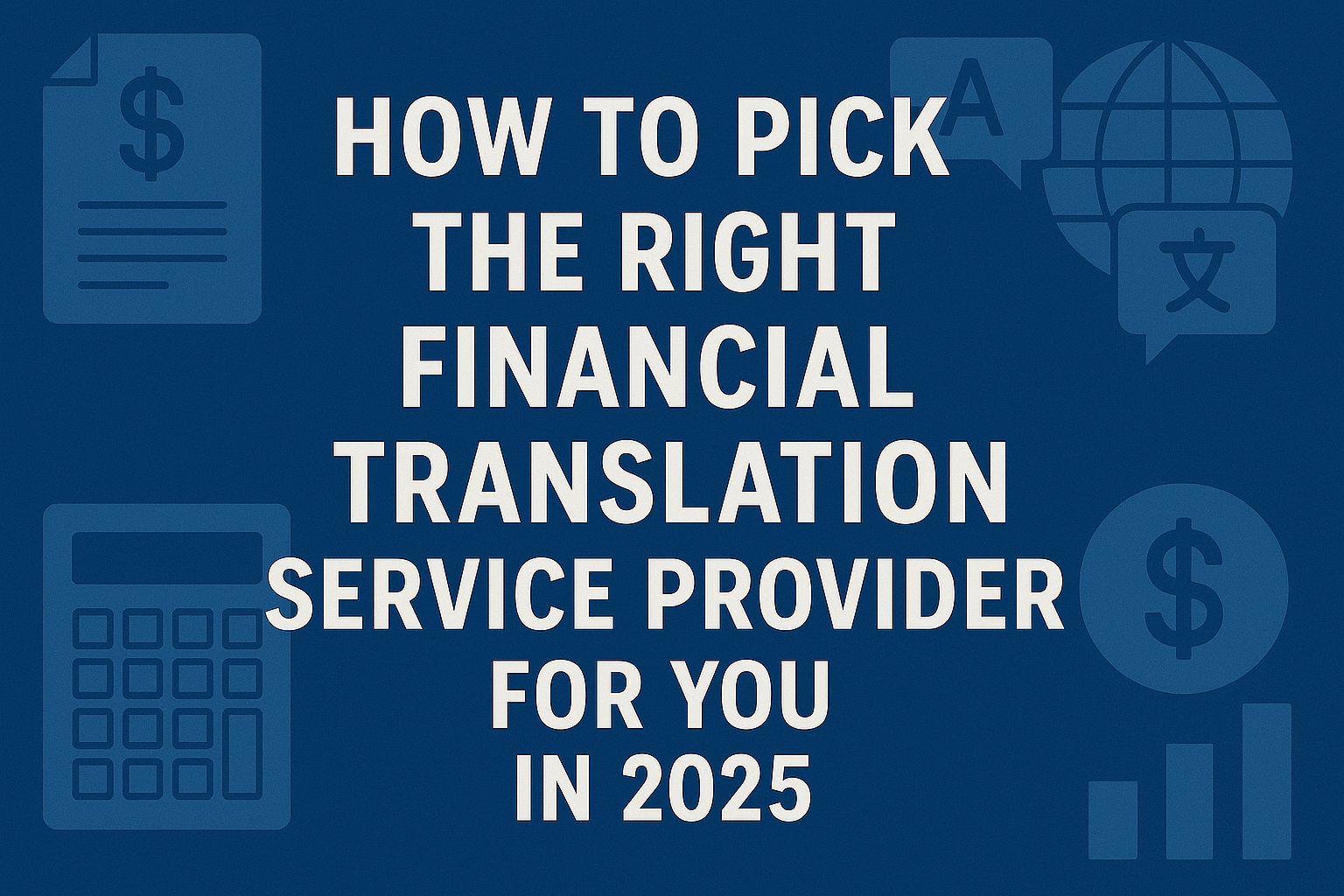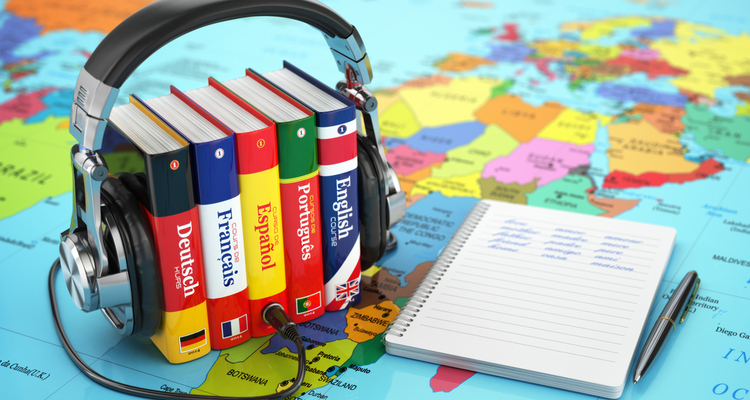As the economy becomes more globalized, businesses and other organizations look for increasingly specialized language services.
Both translation and transcreation involve converting content from one language to another.
However, there can be major differences between these two activities. And it’s important to take into account before choosing the right service.
This article will analyze these differences in greater detail to help you choose the alternative that fits your requirements more effectively. So let’s learn detailed information about transcreation vs. translation.
Defining Transcreation and Translation: Clarifying the Basics
Let’s start with the definition of transcreation. This is a unique text conversion method that necessitates modifying the language, style, and intention of the source content to convey its meaning to the audience accurately. It transcends the surface-level meaning of words and requires the transcreator to exercise inventiveness in order to capture the subtleties and mood of the original content.
Its aim is to elicit identical sentiments and reactions as the original text in the target language. This type of service is ideal for marketing, advertising, and branding projects that need to be tailored to specific cultures and audiences.
An example of transcreation is a slogan like ‘Just do it’ being translated into Spanish as ‘Hazlo Ahora (literally ‘Do it now”). It captures the same sentiment of taking action, even though it does not literally translate to the original phrase. The same could be said for a product description, where instead of translating the technical features into another language, the transcreator would craft a text that captures the essence and tone of the original.
In contrast, translations need to ensure an accurate conversion of the material in question. When translating, it’s crucial to convey the literal meaning of the words rather than their underlying emotions or intentions.
For this reason, this type of service is appropriate for academic publications, medical texts, and legal documents.
For example, a legal paper must be translated verbatim to ensure precision. Using a transcreation approach may yield an inaccurate result due to the creative liberties taken by the translator.
Highlighting the Differences: Transcreation vs. Translation
It’s now time to focus on each difference in greater depth.
- The objective of transcreation is to retain the source material’s creative essence, as opposed to translation, which prioritizes faithfulness and precision to the primary content. For example, a slogan may need to be transcreated in order to evoke the same sentiment, while an academic paper would only require translation.
- Marketing, advertising, and brand localization tasks are better suited for transcreation, whereas legal documents, medical texts, and academic publications are more appropriate for translation. This is because brand taglines might require customization according to the audience, but when it comes to technical documents, word-for-word translation is necessary to maintain accuracy.
- Transcreation requires the translator to be a creative problem solver, while translation relies on a deep understanding of both languages and local dialects.
- Transcreation often involves adapting idiomatic expressions, humor, and cultural references, while translation involves conveying the same meaning without necessarily adapting these elements. Take an idiomatic phrase like ‘raining cats and dogs,’ for instance. It would be impossible to accurately translate this phrase without taking into account the cultural context.
- Transcreation may involve changing the original text’s structure and organization to better suit the target audience, while translation maintains the original text’s structure.
- Transcreation allows for more freedom in adapting the content to the target language, while translation adheres more closely to the source text. For example, a transcreated product description may include cultural references or idiomatic phrases, while a translated description would preserve the original content without making such changes.
- Transcreation aims to evoke the same emotional response in the target audience as the original did in its audience, while translation focuses on conveying the same information. Think of a TV advertisement for a car manufacturer. Transcreation would involve adapting the content, tone, and imagery to capture the same feelings as the original. However, a translated version would aim to convey the same information without necessarily evoking the same emotions.
- Transcreation often requires collaboration between the translator and the client to ensure that the adapted content aligns with the client’s objectives, while translation typically involves less collaboration.
- Transcreation needs a strong understanding of the target market and audience preferences, while translation primarily requires linguistic expertise. When transcreating an e-commerce store, for instance, the translator should have a good knowledge of the target market’s values and preferences in order to effectively adapt the content.
- Transcreation translators often have experience in creative writing, copywriting, or marketing, while translation translators usually have subject-matter expertise in specific fields.
- Transcreation may require multiple rounds of revisions and feedback, while translation typically involves fewer revisions. Before transcreated content is approved, it’s necessary to make sure that such content is not only linguistically accurate but also resonates with the target audience.
- Transcreation can result in a final piece of content that differs significantly from the source material in terms of style and tone, while translation aims to maintain consistency with the source material. Let’s say you need to transcreate a brochure explaining the key features of your company’s products: while the end result may differ from the original, transcreation will allow you to tailor the content in order to best appeal to your target market. On the other hand, translating a technical manual for your company’s products would involve more consistency with the original, as accuracy is paramount over creativity in this case.
- Transcreation may involve working with visual elements, such as images and graphics. That’s to ensure they are culturally appropriate for the target audience, while translation focuses solely on the written text. For instance, adapting a TV commercial for the international market may involve transcreating the script and dialogue as well as replacing any visuals or graphics that don’t align with cultural norms.
- Transcreation can be more time-consuming and resource-intensive due to the creative adaptation and collaboration involved, while translation may be a faster and more straightforward process.
Choosing Between Translation and Transcreation Services
Deciding between translation and transcreation services depends on the project’s goals and setting.
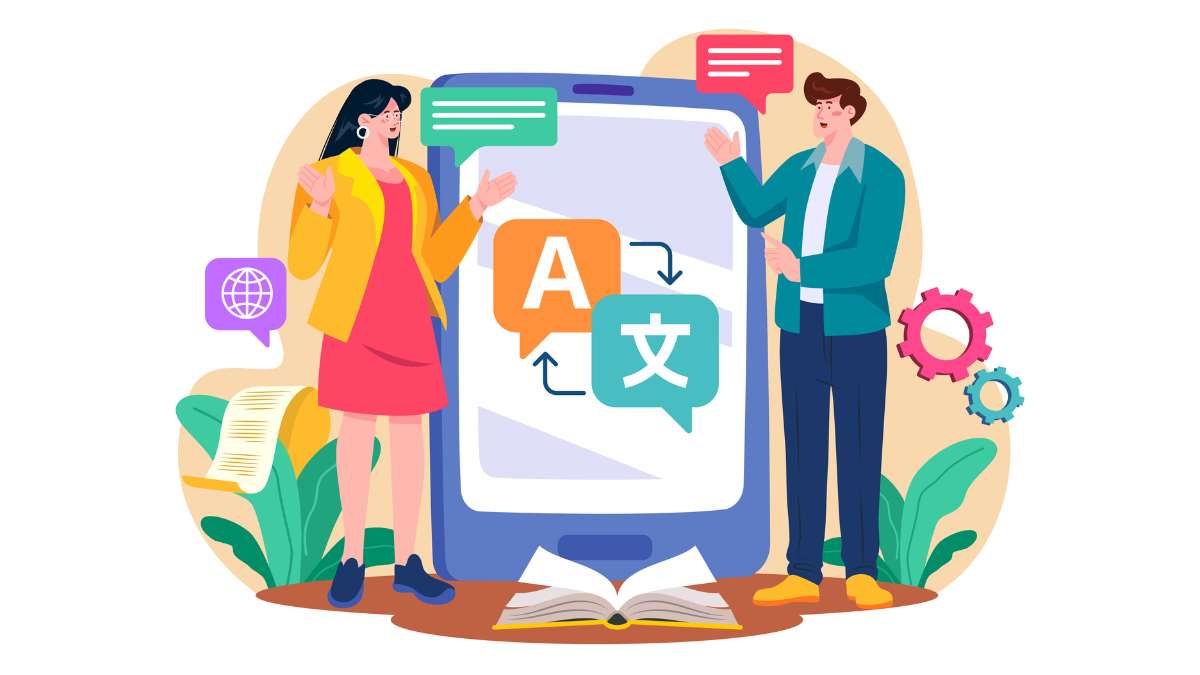
Accuracy and consistency are emphasized in translation, which requires awareness of both languages and source material context. It’s appropriate for academic articles, medical texts, and legal papers since it guarantees that the content remains unchanged.
However, if creativity and emotional engagement are important, transcreation is the better option. This type of service requires the translator to act as a creative problem solver. It allows for more freedom in adapting the content to the target language by adapting idiomatic expressions, humor, and cultural references. It is suitable for marketing, advertising, and branding projects, as it evokes the same sentiment as the original content.
Another factor to consider is the target audience. Transcreation requires a strong understanding of the target market and audience preferences, as it often involves changing the original text’s structure and organization to better suit the target audience. In contrast, translation is better suited for relaying an identical message without the need to modify it for the intended audience.
Finally, consider the time and resources you have available. The transcreation process is usually more demanding in terms of time and resources, as it requires creativity and teamwork. Translation, however, may be a quicker and more uncomplicated task.
If you are looking for a trustworthy, high-quality translation service for your business, contact Circle Translation.
Subtitles

Professional and Accurate Subtitle Services for your Videos.
- Video subtitles specifically tailor-made for improving accessibility.
- Using highly experienced subtitlers with years of industry experience.
- Professionally written and expertly timed.
Translation

We help the world’s top companies translate their content in over 73 languages!
- We localize content for internet websites, games, travel, cryptocurrencies, and more
- Expand your global audience by adding different languages.
- We work only with qualified translators and experienced content creators
Audio translation

Ensuring full accessibility for Blind and visual impaired audiences.
- Visual descriptive events as they occur in the video.
- Working with top audio describers to perfectly describe what is happening on-screen
- Professional sound recording.





